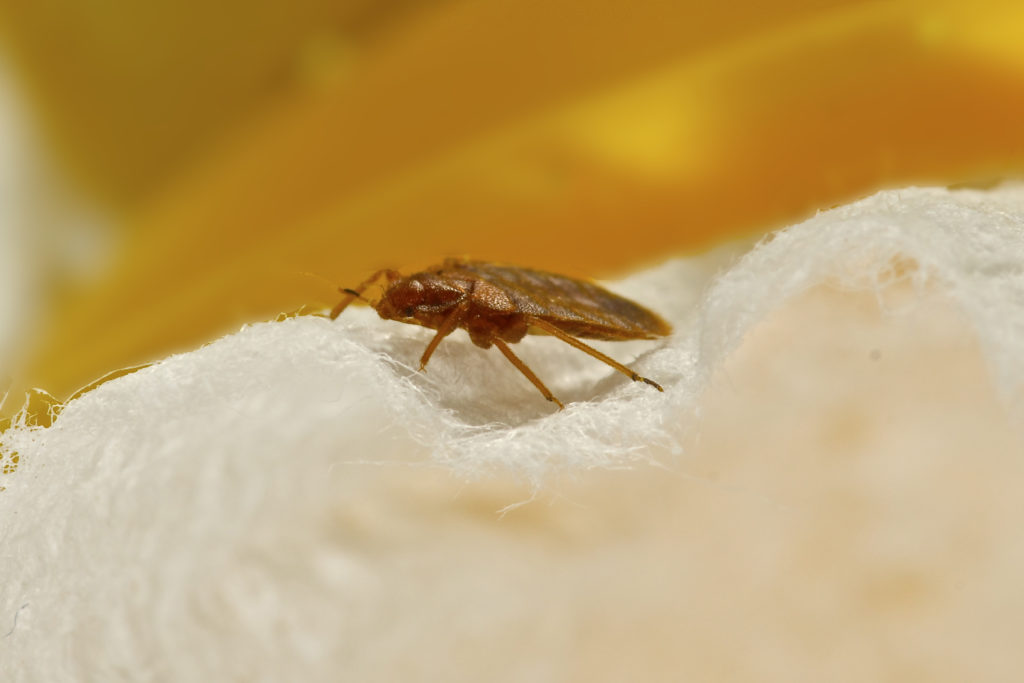
Bedbugs are no longer confined to homes. They are everywhere these days, from movie theaters and retail stores to campsites, and in 2010, even at the Empire State.
According to the National Pest Management Association (NPMA), bedbugs are found in all US states. Moreover, the Congressional Don’t Let the Bed Bugs Bite Act estimates that just in the past few years, the bedbug population in the country has spiked by 500%.
Here are some steps you can take to protect your family, especially your little ones, from these sneaky bugs:
How do you know if you have bedbugs in your home?
You can tell if there are bedbugs in your home by the presence of red, itchy welts on your arms. Bedbug bites usually form a line pattern that appears on the face, back, and the trunk of your body. Like mosquitos, they also bite the arms and legs.
How do you spot bedbugs?
Check your bed for signs of an infestation. Look around the headboard, the seams, and even under the dust ruffle. They do not always live in beds, so make sure to also check other furniture as well as hard-to-reach places, such as sockets and picture frames.
Adult bed bugs look like a lentil or an apple seed. They don’t have wings like other insects, and they’re flat and oval in shape. When full-grown, they can reach about ¼ inch. Babies are much smaller and colorless, making them harder to spot.
You want to check for “bedbug dirt,” or their fecal matter. These resemble ground black pepper. Also look for dried blood spots on the beddings, from when they feed at night.
If you didn’t find bedbugs, but want to prevent getting them, here’s what you can do:
Bedbugs are hitchhikers. If another family brings infested belongings out of their home, for instance, it’s easy for the bedbugs to spread. Your family can prevent an infestation by checking things that come into your home, including school bags and tents from camping trips.
Educate your children on what bedbugs look like. Use the apple seed comparison. If they see similar bugs anywhere, be it at home, in school, or at a friend’s house, tell them to let you know.
If you have confirmed the presence of bedbugs, here’s what can you do next:
Call the pros. Getting rid of bedbugs is not a DIY project. Even for a seemingly minor infestation, it’s important to seek professional help. Asking an expert to treat an infestation at its early stage is the best way to arrest bigger problems.
Even when you haven’t seen them or gotten bites for a few months doesn’t mean they’re gone for good. These parasites can go for up to a year without feeding, and over the course of their lifetime, female bedbugs can lay more than 500 eggs. Pest management professionals have the tools, products, and techniques necessary to treat infestations permanently and prevent them from coming back.
When in need of bedbug infestation treatment, turn to Custom Bed Bug. Our bed bug control services come with a 100% success rate. Our experienced technicians handle every step of the process, from the creation of a tailored treatment plan and preparing your property to the actual treatment process and any necessary follow-ups.
Call us at 208-957-5511 today or fill out our form to get a free quote.


